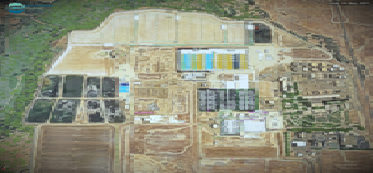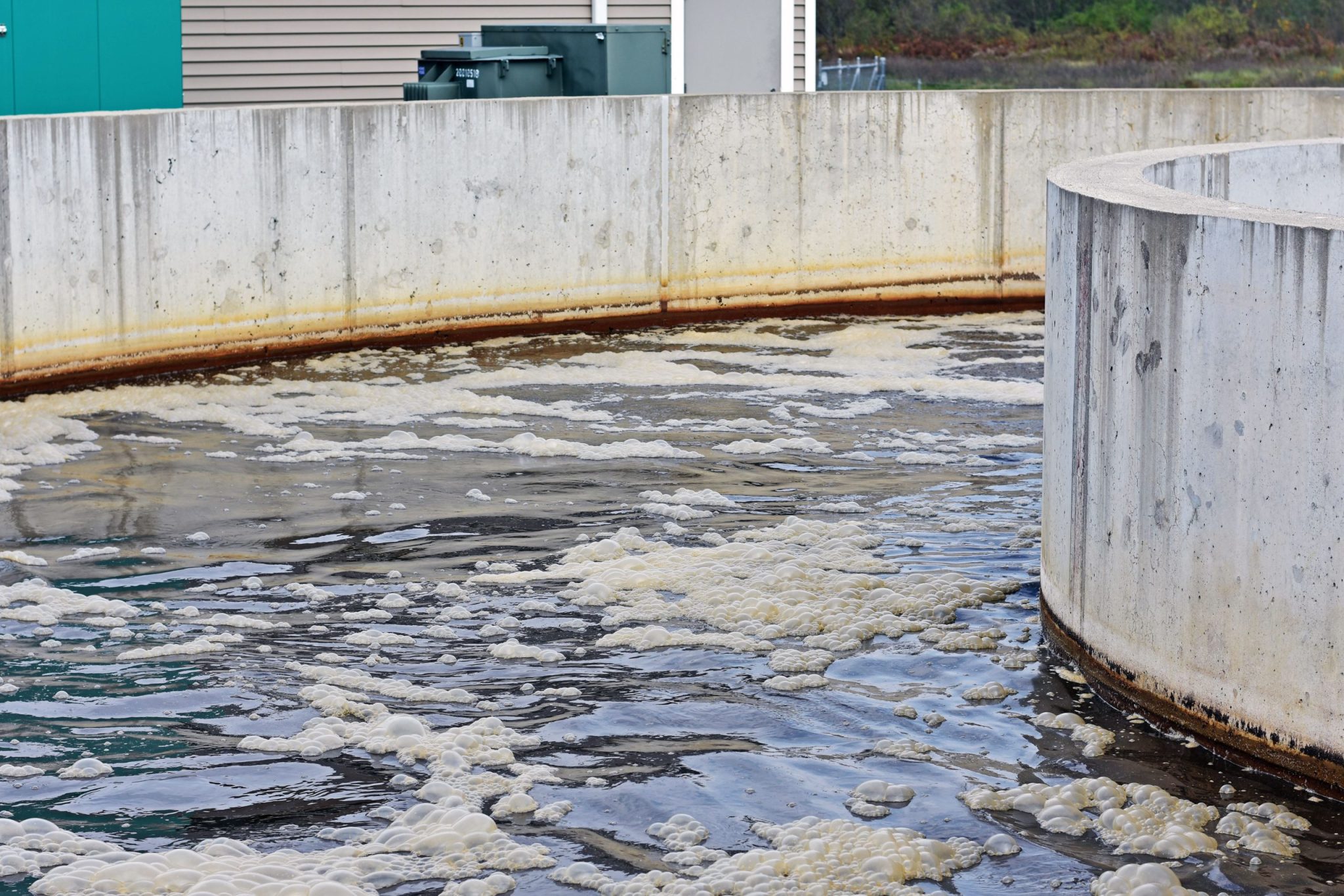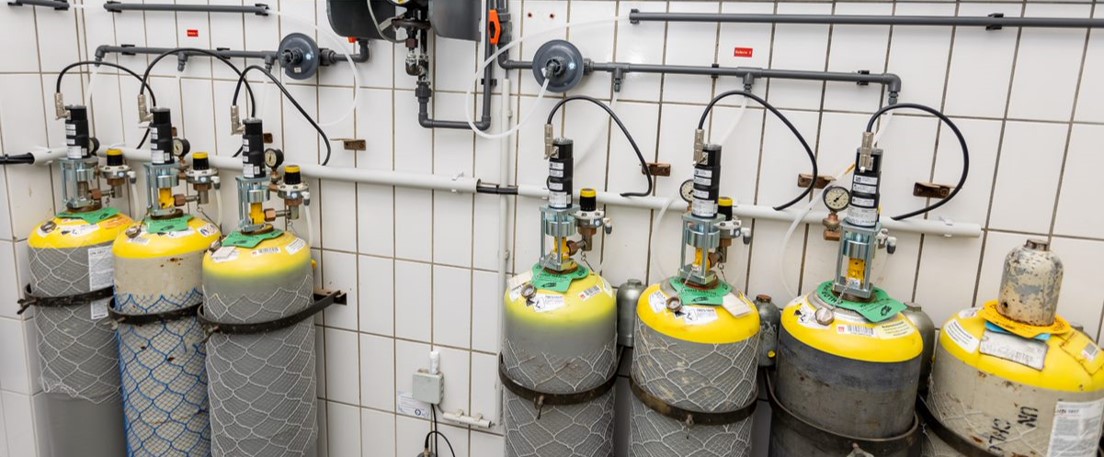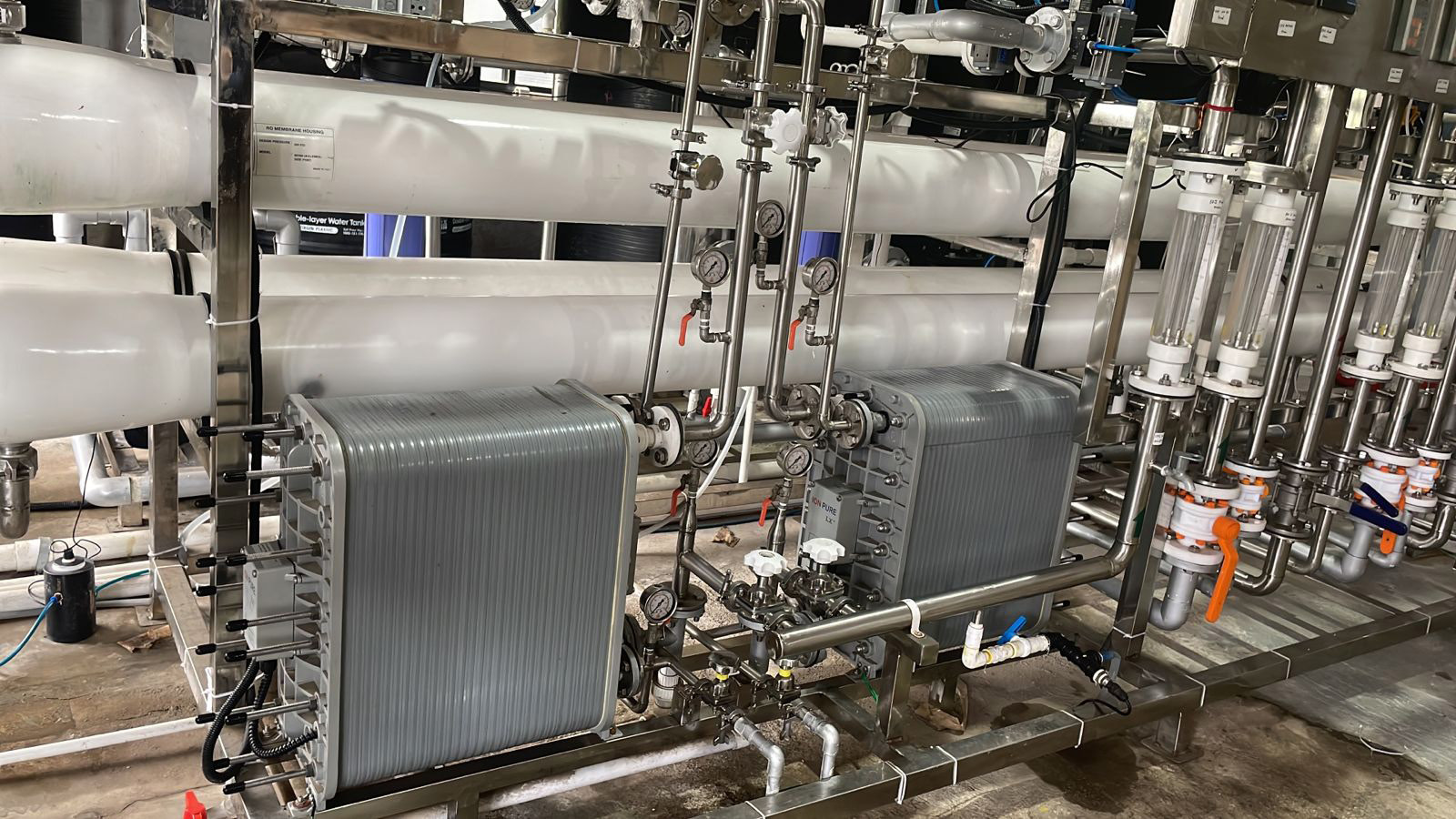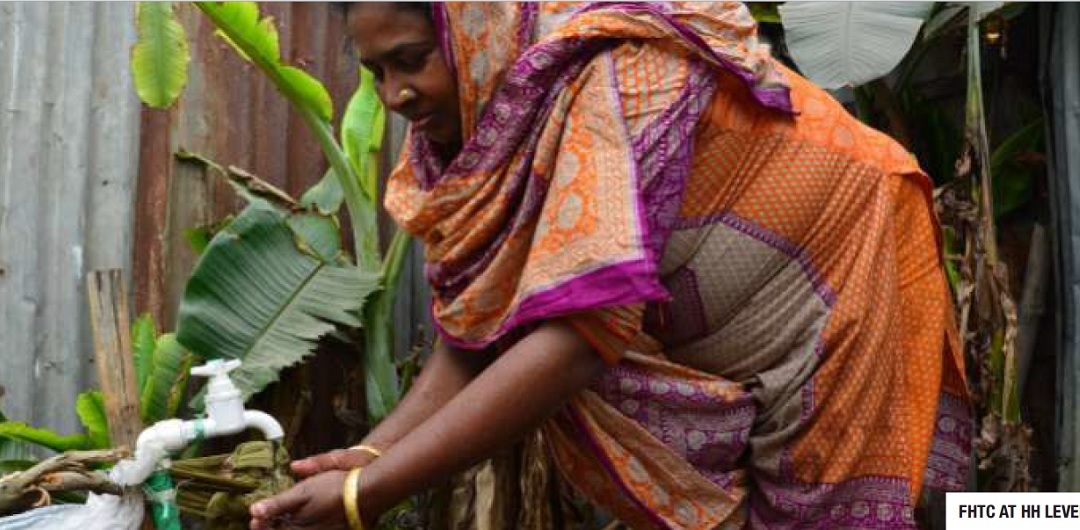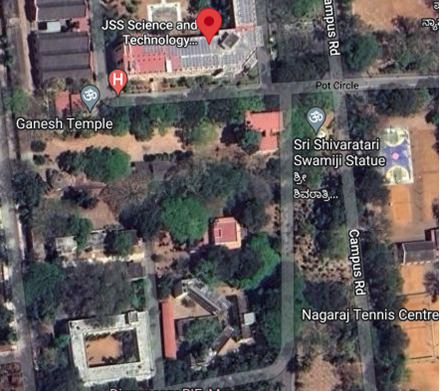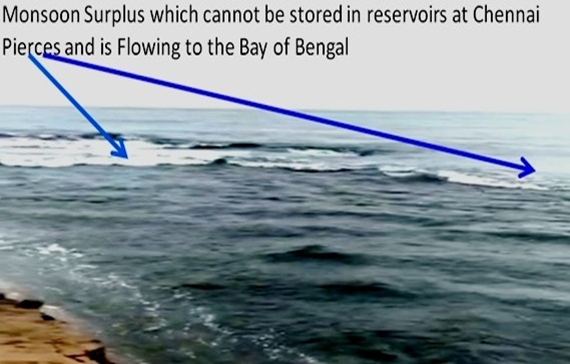As water utilities across the country, operationally minded teams focus on how to best deliver water to customers in a cost-effective manner. Components contributing to operational efficiency inside a water utility include resource utilization, supply chain management, billing processes, customer service, and employee safety. All of these components work together in balance to support seamless operations. Operationally Demanding and Resource Intensive Providing water utility services isn’t a simple process. It has long been a time- and labour-intensive endeavor. Unlike the Telecom sector or Power Utility sector, the water segment in…
Read MoreCategory: Case Study
CONNECTED SOLUTIONS FOR SUSTAINABLE, RESILIENT, AND AGILE WATER INFRASTRUCTURE
WATER CHALLENGES Increasing population, the effects of climate change, and water scarcity place enormous pressure on organizations to manage water resources safely, securely, and sustainably. As water is one of the main pillars of the economy and society, it is necessary that its use be based on sustainability and efficiency. However, water scarcity remains a concern in many parts of the world, and finding ways to increase capacity for future generations is critical. While water availability is a cause for worry in emerging economies, developed countries also face challenges. Water scarcity…
Read MoreNorthern Michigan Township – High-strength wastewater challenge
When your small but vital Wastewater Treatment Plant (WWTP) has BOD (Biochemical Oxygen Demand) in excess of 700 milligrams per liter (mg/L) and had phosphorus levels as high as 20 mg/L, it pays to have a firm advocate of good clean effluent at the helm. With its small population (358) but a fast-rising number of food and retail outlets serving the nearby City of Cadillac, this WWTP in the Northern Michigan Township of Haring was perhaps always destined for interesting times. Before the Haring Township WWTP was built in 2014/15,…
Read MoreEmergency Shut-off Drive (ESD) for Chlorine Gas Containers Safety
Taking Control of Chlorine Gas Containers Safety Potentially hazardous releases due to chlorine gas leaks have been a crucial social issue in India, with many major cases reported from the water treatment plant (WTP). Chlorine gas is one of the highly toxic gases, when brought into human contact which will lead to severe complications. And when bought in contact with the environment it can easily pollute and directly enter the human respiratory system. It is important that an adequate emergency response (ERP) with safety and industrial hygiene resources are set…
Read MoreEvoqua’s Cedi Technology Helps the Leading Manufacturer and Supplier of Automotive Engine Oil Achieve Their Sustainability Goal with Increased ROI
By Evoqua India Overview: Replacing the conventional DI water system with Evoqua’s CEDI technology helps conserve water and reduces operation downtime. Customer: Lakhi Ram Lube Control – Manufacturer of Automotive engine oil, Patalganga, Maharashtra, India Challenge: With conventional DI (Deionization) system the major challenges were inconsistent water quality and constant system break-in time for resins regeneration process, and thus increasing the plant downtime period and operational cost. The Key to Success: Good Customer relationship, huge installed base, and presence of local sales/technical support from Evoqua. Applications: Manufacturer of Automotive Engine…
Read MoreJALADHI JAL PRAKALPA: TRANSFORMS CHANDAI VILLAGE OF BANKURA DISTRICT IN WEST BENGAL
By Dr. Debasri Mukherjee¹, Dr. M.N. Roy² and Er. Sohini Tarafdar³ ¹Senior Research Officer, SIGMA Foundation; ²President, SIGMA Foundation; ³Research Officer, SIGMA Foundation BackgroundChandai is a medium size village in Pakhanna Gram Panchayet of Barjora Block of Bankura district in West Bengal. It is situated about 5 km. away from the Pakhanna GP Office and is along the border of Hatashuria GP. There are around 350 households in the village with a population of about 1800 at present. The people of this village are mostly engaged in cultivation, cottage industry…
Read MoreIDEAL IFASTM CASE STUDY: SHARJAH WWTP, SHARJAH, UAE
By World Water Works BACKGROUNDSharjah Municipality of the United Arab Emirates (U.A.E.) was requiring to treat more and more flow despite having very little space for new treatment systems. They were looking at wanting to expand their plants No. 4 & No. 5 plants to meet new total nitrogen limits and try to do so by having to reuse the existing systems. Sharjah’s engineer, having worked with other large cities around the world, upgrading them to meet new lower effluent permit requirements relating to Total Nitrogen and Ammonia- Nitrogen, showed…
Read MoreRain Water Harvesting Case Study: Center for Industrial Technological Studies and Services Mexico
By Prathamesh Gawde, Senior Product Marketer, Bentley Systems OverviewA technical institution in Mexico used Bentley applications to develop a digital twin of a rainwater harvesting project, which is expected to reduce campus carbon dioxide emissions by 32 tons. Updating Teaching Technology to Meeting Industry StandardsThe Center for Industrial Technological Studies and Services is an educational institution that offers careers in architecture and construction in Mexico City, Mexico. The institution wanted to update their digital teaching tools, as their previous software did not facilitate digital integration of planning, design, and engineering…
Read MoreRECYCLE AND REUSE OF GREY WATER – A CASE STUDY
HEMALATHA D. S. and SADASHIVA MURTHY B. M. ABSTRACTThe grey water includes 80–85% of household wastewater. The re-use of this kind of wastewaters is considered as an alternative to the reduction of clean water consumption.The main objective of this dissertation work is to study and design a low cost treatment of grey water and its reuse for non-potable purpose. SJCE Boy’s Hostel of JSS S&TU, Mysuru was selected as suitable site for the present work and collected the grey water samples from four different sources. The physical, chemical and bacteriological…
Read MoreCONJUNCTIVE USE OF SURFACE AND SUB-SURFACE WATERS AND CONJUNCTIVITIS CLOUDING THE FORESIGHT
-CASE STUDY OF CHENNAI METROPOLIS, INDIA
By S Sundaramoorthy, S Saktheeswaran and A Jayabalan Abstract Chennai Metropolis is a coastal city of Bay of Bengal dependent wholly on monsoons failing about once in four years and limitations of reservoir storages. Import of water from neighboring state is confronted by monsoon failures there. Seawater Desalination plants are functioning but 90 % of operating cost is subsidized. A study by the United Nations Development Programme (UNDP) during the 1980’s and again in 1990’s identified sub- surface storage in the city’s contiguous riverine aquifer extending to a phenomenal 150…
Read More


